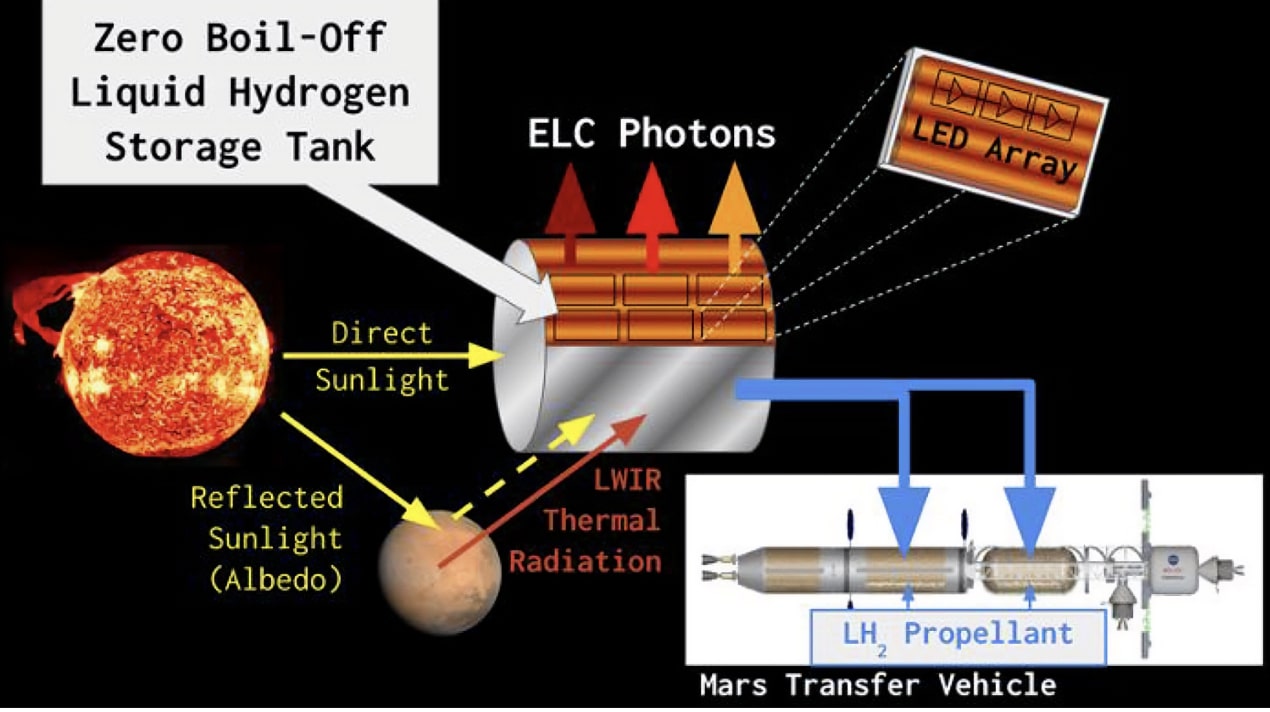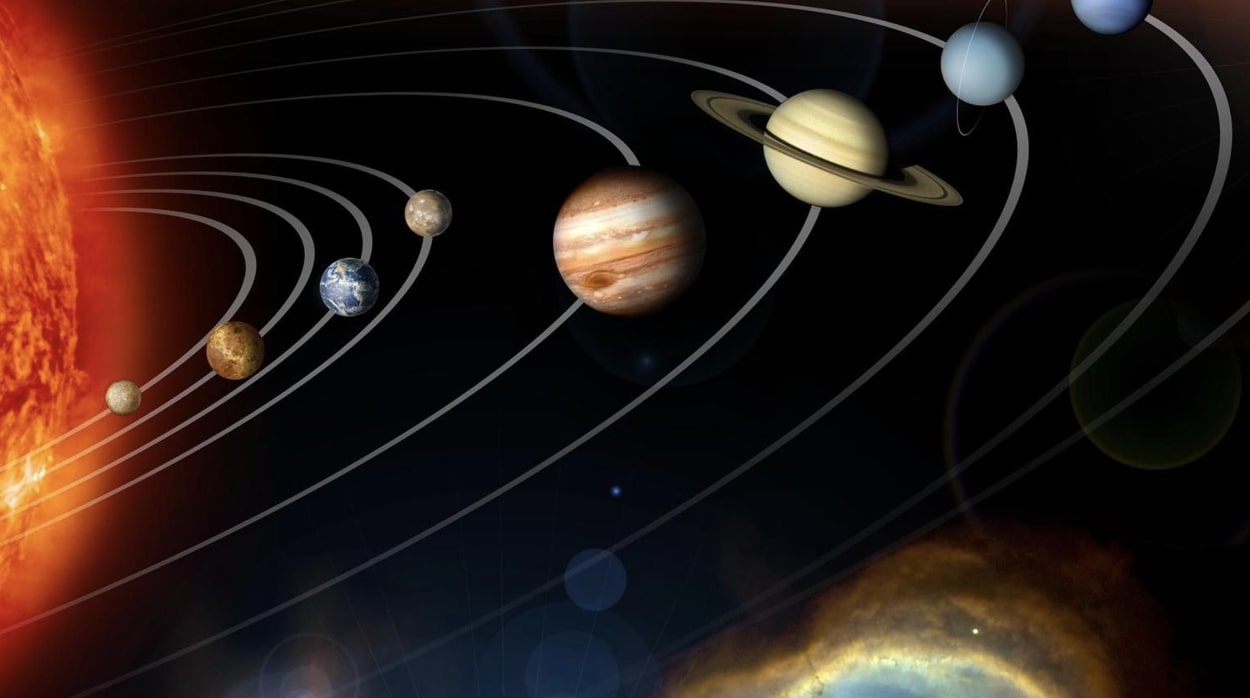NASA and Lockheed Show Quiet Supersonic X-59 Quesst Jet
NASA’s rolled out the new X-59 Quesst supersonic aircraft live from Lockheed Martin’s Skunk Works facility in Palmdale, California. Quesst is NASA’s mission to demonstrate how the X-59 can fly supersonic without generating loud sonic booms, and then survey what people hear when it flies overhead. Reaction to the quieter sonic thumps will be shared …











